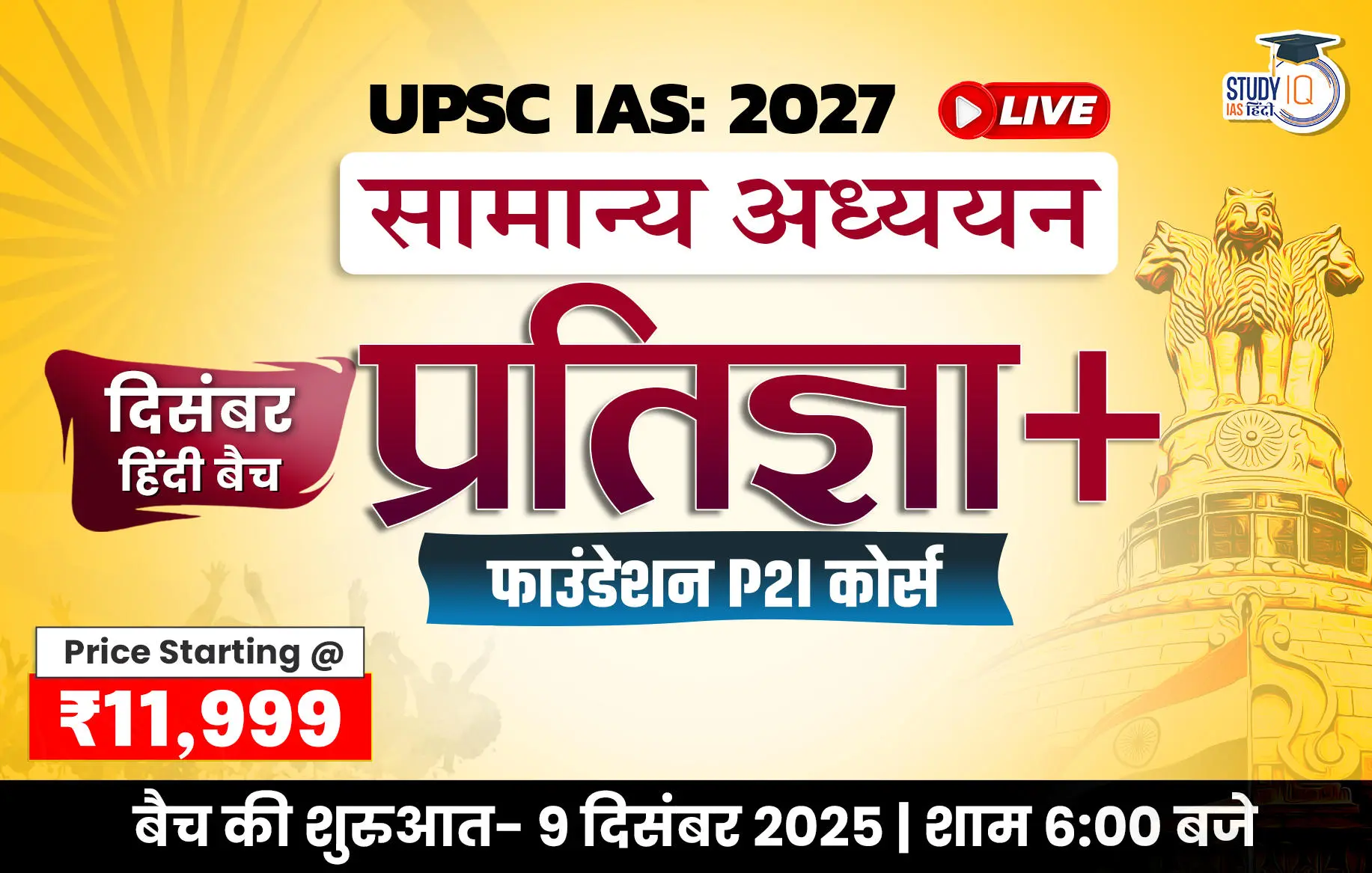| State |
Textile |
| Haryana: |
Khes weaving: They were geometric, checked double-weaves, in which the two sides appear differently. They were used for shawl, drapes and bedding.
Tapestry weaving: Tapestry is used to create everything from tunics and accessories to home furnishings and rugs. |
| Himachal Pradesh: |
- Chamba Rumal: Chamba Rumals are embroidered representations of the Pahari miniatures paintings of the region.
|
| Ladakh: |
- Thigma (wool ties) dye: It is a tie-dye design that is patterned on wool and found across Ladakh and other trans-Himalayan, high-altitude regions.
|
| Rajasthan:
|
- Danka embroidery: It is a technique for decorating textile using small-faceted metallic plates that are stitched on the cloth by hand with zari(golden) yarn.
- Split ply braid weaving: The technique of split-ply braid weaving is used to make highly patterned and often figurative camel girths and animal regalia in goat hair or cotton.
|
| Uttar Pradesh:
|
- Awadh Jamdani: It is considered to be rarest, the finest and the most sophisticated weave of the Indian loom.
- Baluchari weaving: The silk saris woven in the Baluchari tradition are characterized by elaborate motifs on the border and pallu.
- Badla embroidery: Badla is an embroidery style that includes twisting thin metallic threads to make raised high relief patterned embellishments on textile
- Gyasar weaving: Gyasar brocade is traditionally woven with monastic and mythic motifs that are customarily used in Buddhist ceremonial costumes and for ritualistic wall hangings.
- Hand block-printing: The hand block-prints of Farrukhabad are well known for their patterns, which range from classical to many versions of the tree of life to contemporary designs.
|
| Goa: |
- Kunbi weaving: The checked cotton weave of the Kunbi sari was traditionally worn by the agricultural Kunbi and Gawda. communities
|
| Gujarat:
|
- Ashvali saree weaving: Ashavali brocade saris are distinguished by their richly enamelled look, their dense patterning and their use of metallic zariyarns.
- Kushti weaving: Weaving the Kusti, the sacred girdle worn by Parsis, is a specialized craft practised mainly by elderly women.
- Mashru weaving: The ingenious Mashru weave has a silk overlay with a cotton base, making it ideal wear for the hot summer months.
- Patola weaving: These Ikats are known for their striking designs and complex workmanship.
- Mata ni-pachedi: It refers to the shrine cloth painted in honour of the Mata, or mother goddess.
- Rogan textile painting: Rogan textile paintings are made only in Nirona village in Kutch. A thick paste of paint made with boiled castor oil and dyes is used to decorate fabric with an iron stylus
- Sujni weaving: The Sujani chequerboard patterning is woven in a double-cloth weave. It requires one person on either end.
- Tangaliya weaving: It is a process by which geometrical patterns are formed on a fabric base by creating dana (beaded dots) in high relief.
- Nandana hand-block printing: It is a form of resist block-printing using wax. These prints and printed cloths are called Nandana.
|
| Maharashtra: |
- Himroo weaving: It was derived from Persian word hum-ruh. It was brought to Aurangabad by the ruler Muhammad bin Tughlaq.
|
| Andhra Pradesh:
|
- Siddipet Gollabama weaving: These sarees are chracterised by unique Gollabama motif, which is the figure of a milkmaid carrying one milk pot on her head and one in her hand.
- Himroo weaving: It was derived from Persian word hum-ruh. It was brought to Aurangabad by the ruler Muhammad bin Tughlaq. It was introduced to Hyderabad later.
|
| Telangana: |
- Gongadi sheep wool blankets: Gongadi blankets are woven from the wool of the Deccani black sheep and are part of the cultural heritage of the Kuruma shepherding community.
|
| Karnataka:
|
- Guledgudd Khana: The Guledgudd Khana uses a combination of cotton and silk yarn. It consists of small geometric motifs and borders of deep red and maroon.
- Ilkal weaving: Ilkal saris are woven in cotton yarn with the pallu woven in silk with dramatic red-and-white patterns called tope teni seragu.
- Lambadi/Banjara embroidery: The Lambadi community uses non-figurative embroidery and decorative elements like mirrors, beads, buttons, shells (cowries), small bells, wooden tassels, coins and other metallic trinkets on the clothing.
- Molakaalmuru silk weaving: The art prospered under the patronage of Mysore Kings. The patterns, motifs and designs used on the borders and pallus are inspired by temple carvings, auspicious symbols and nature.
|
| Kerala: |
- Ayurvedic textiles: The textile is made by dyeing yarn and textiles in herbs and medicinal plants based on the Ayurvedic medicinal system of Balaramapuram.
|
| Tamil Nadu:
|
- Sikalnayakanpet Kalamkari: The art started as hand-painting of religious tales on fabrics that were used to decorate temples and the idol chariots taken out during festivals.
- Sungadi: The sari is characterized by the many tiny dots that fill its body, and its detailed borders woven with metallic zari in colours that contrast with the sari body.
- Toda embroidery: Toda embroidery uses red and black threads on a white background to produce a dramatic effect. It is practiced in Nilgiris.
|
| Bihar:
|
- Bavanbutti weaving: The Bavanbutti style of weaving has its origins in the ancient Buddhist city of Nalanda. The term bavan means ‘fifty-two’ and buti ‘ motif ’.
- Kheta embroidery work: Kheta is a reversible embroidered quilt from Kishanganj district of Bihar and uses intricate geometric patterns that reflect the cultural identity and embroidered expression of the migrant community of Shershabadi Muslims.
|
| Odisha:
|
- Bandha tie-dye weaving: These textiles were traditionally decorated with images of flora or fauna, or with geometrical patterns.
- Berhampur Pata: The Berhampur Pata, also known as the Phoda Kumbha, uses the kumbha phoda (temple spire) pattern along the border of saris, dhotis (unstitched lower garment for men) and shawls.
- Dhalapathar Parda: The Parda is woven using a special weaving technique with thick counts of cotton yarn.
- Dongaria Kond textiles: Dongaria Kondh textile embroidery is practised by Adivasi communities who live in the Niyamgiri hills of odisha.
- Kenduli Pata Calligraphic textiles: It is a ritual textile woven with calligraphic verses from the Gita Govinda and worn in Jagannath temple of Puri.
|
| West Bengal:
|
- Fragrant textiles: A thin layer of cotton fluff scented with attar (perfume) is sandwiched between two layers of silk that are only stitched along the edges.
- Garad-Korial weaving: Meaning ‘white’ or ‘spotless’, the Garad-Korial silk weave is used for both women’s saris and men’s dhotis.
- Satgaon Quilts: The embroidered quilts worked in yellow tussar silk on a base of cotton are labelled in museums as the ‘Bengalla’ or ‘Sutgonge’ quilts.
|
| Manipur:
|
- Lasing phee: Lasing Phee is a quilt stuffed with cotton batting, handwoven on the loom by weavers.
- Saphe Lanphee: Saphee Lanphee is a traditional shawl that is both woven and embroidered by the women of the Meitei community of Manipur.
|
| Sikkim: |
- Lepcha weaving: Lepcha weaves are characterized by intricate and colourful motifs patterned in stripes and woven on the back-strap loom.
|
| Tripura: |
- Risha textile weaving: Risha handwoven cloth is part of the traditional attire of the different communities and clans of Tripura.
|


 UNEP Champions of the Earth Award: UN's ...
UNEP Champions of the Earth Award: UN's ...
 Shilp Didi Programme: Empowering Women A...
Shilp Didi Programme: Empowering Women A...
 Is the Falling Rupee a Cause for Alarm?
Is the Falling Rupee a Cause for Alarm?

























